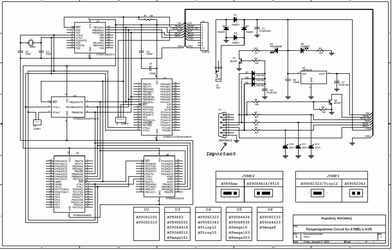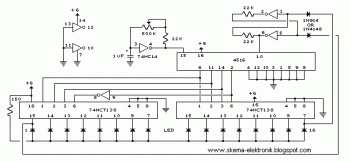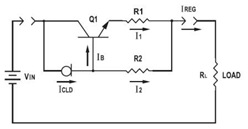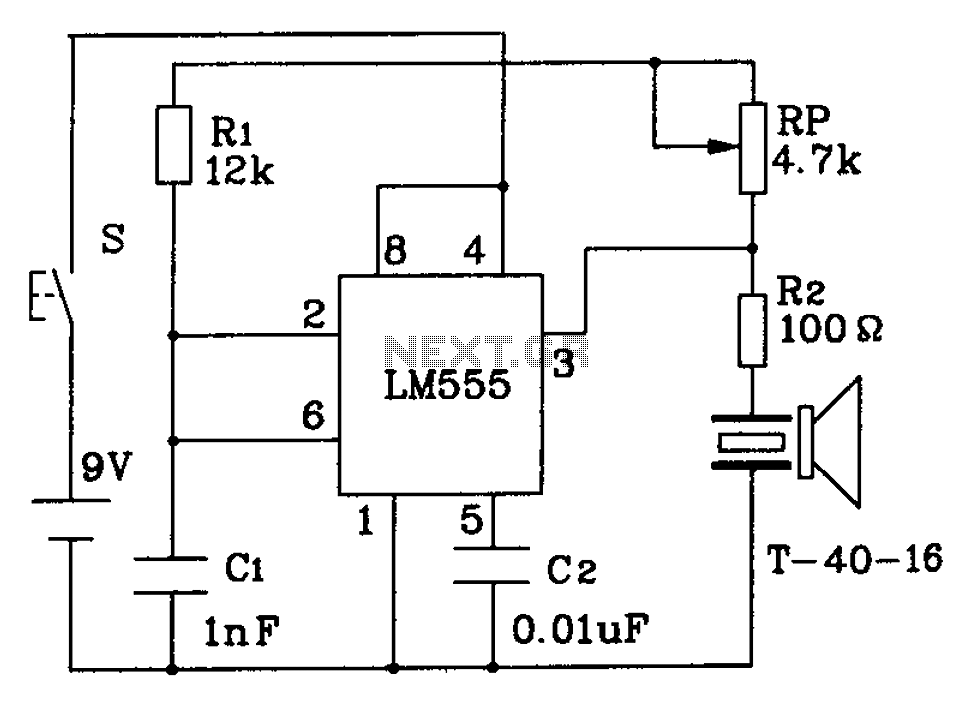
Ponyprog Circuit for ATMEL AVR

The ATMEL AVR programmer operates with the Windows program "Ponyprog," which is compatible with Windows 95, 98, and XP.
The ATMEL AVR programmer is a device designed for programming AVR microcontrollers. It interfaces with the microcontroller through the ISP (In-System Programming) method, allowing users to upload firmware directly onto the chip without the need for an external programmer. This feature is particularly useful for development and debugging purposes.
Ponyprog is a widely used software tool that facilitates the programming process. It provides a user-friendly interface for writing and reading data from the microcontroller's memory. The software supports various programming modes and configurations, making it adaptable for different applications. Users can access features such as EEPROM programming, flash memory writing, and fuse bit settings, which are essential for customizing the microcontroller's behavior.
The ATMEL AVR programmer connects to a computer via a standard interface, typically USB or serial port, depending on the specific model. The programmer is powered through the connection to the computer, eliminating the need for an external power supply.
For successful operation, it is essential to ensure that the correct drivers are installed on the Windows operating system. Compatibility with older Windows versions, such as 95, 98, and XP, allows a broader range of users to utilize the programming tool, although it may limit the use of modern features and updates available in newer operating systems.
In summary, the ATMEL AVR programmer in conjunction with the Ponyprog software provides a robust solution for programming AVR microcontrollers, enabling efficient development and testing of embedded systems.The ATMEL AVR programmer works with the Windows program ""Ponyprog"" which works under 95, 98, XP. 🔗 External reference
The ATMEL AVR programmer is a device designed for programming AVR microcontrollers. It interfaces with the microcontroller through the ISP (In-System Programming) method, allowing users to upload firmware directly onto the chip without the need for an external programmer. This feature is particularly useful for development and debugging purposes.
Ponyprog is a widely used software tool that facilitates the programming process. It provides a user-friendly interface for writing and reading data from the microcontroller's memory. The software supports various programming modes and configurations, making it adaptable for different applications. Users can access features such as EEPROM programming, flash memory writing, and fuse bit settings, which are essential for customizing the microcontroller's behavior.
The ATMEL AVR programmer connects to a computer via a standard interface, typically USB or serial port, depending on the specific model. The programmer is powered through the connection to the computer, eliminating the need for an external power supply.
For successful operation, it is essential to ensure that the correct drivers are installed on the Windows operating system. Compatibility with older Windows versions, such as 95, 98, and XP, allows a broader range of users to utilize the programming tool, although it may limit the use of modern features and updates available in newer operating systems.
In summary, the ATMEL AVR programmer in conjunction with the Ponyprog software provides a robust solution for programming AVR microcontrollers, enabling efficient development and testing of embedded systems.The ATMEL AVR programmer works with the Windows program ""Ponyprog"" which works under 95, 98, XP. 🔗 External reference





